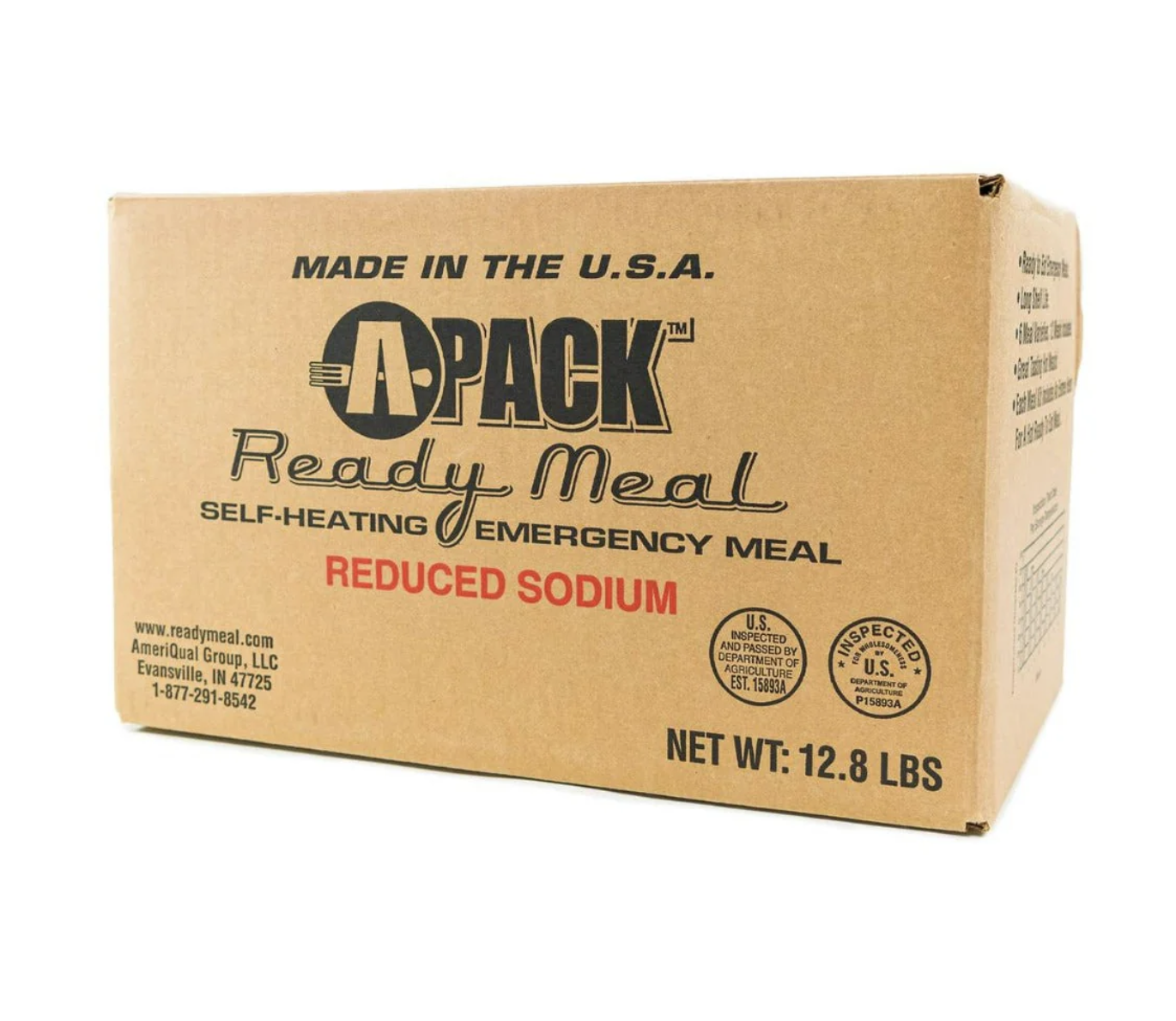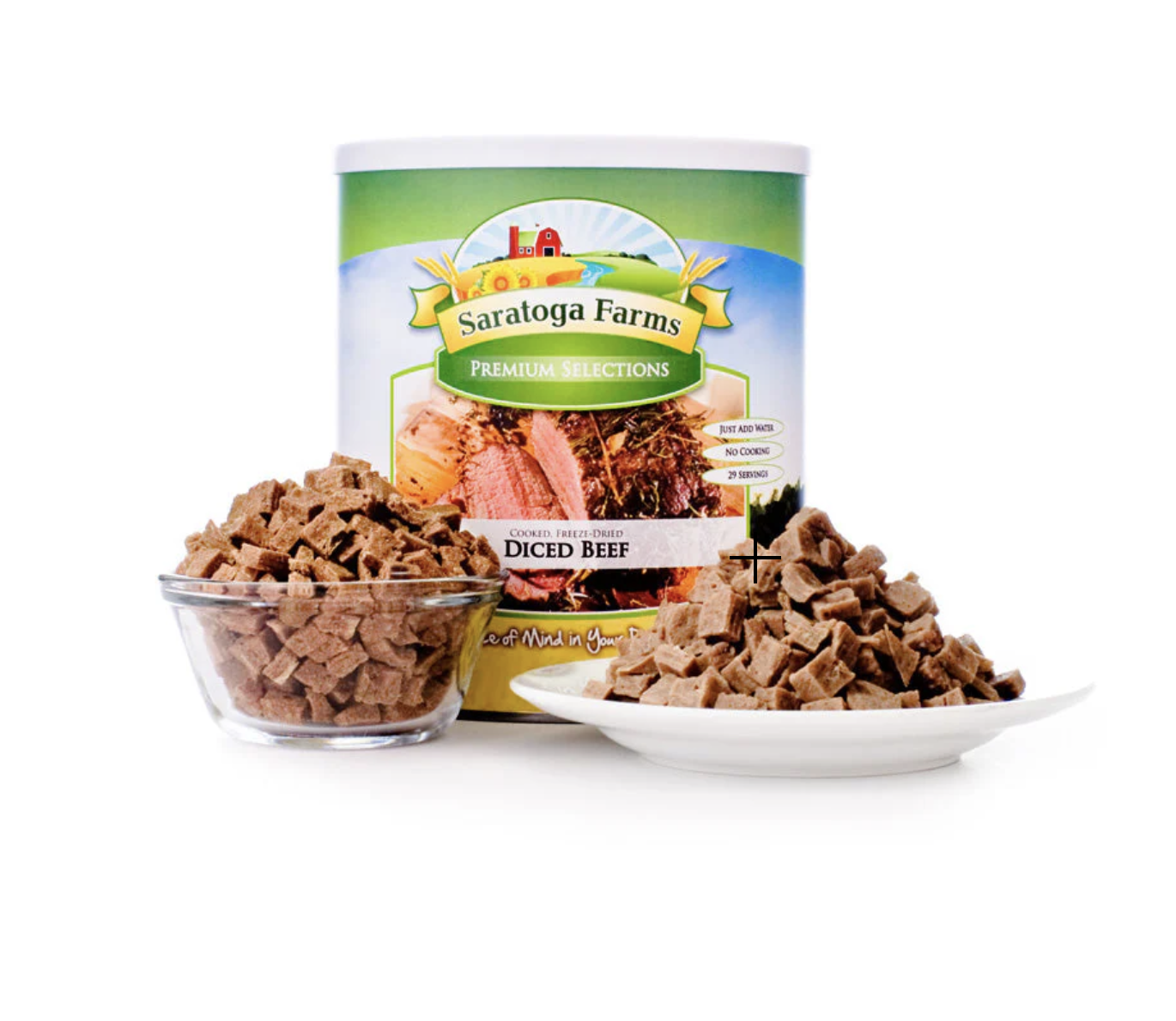If you're new to emergency preparedness, you may feel overwhelmed by the variety of options available. The Ready Store offers a wide selection of freeze-dried foods and MREs. Here’s a guide to help you decide which option best suits your needs.
MREs (Meals Ready to Eat)
MREs are pre-packaged meals used by the U.S. military and are ready to eat. These meals are high-quality, flavorful, and can be consumed cold or heated using the included heating pack. MREs are ideal for short-term storage due to their convenience and calorie density. Read more about the nutritional benefits of MREs here.

When to Use MREs
- Camping/Hiking: MREs are high in calories and protein, providing energy during outdoor activities. Their compact packaging saves space, and their self-heating feature allows for a hot meal anywhere.
- Bug-Out Bag: MREs are perfect for emergency kits. A single meal (about 15 oz) contains around 1,055 calories and is compact. Two meals can sustain you for a full day in an emergency.
Cons of MREs
- Limited Shelf Life: MREs last between 1 to 5 years, depending on storage conditions. They’re best for short-term storage rather than long-term preparedness.
- Single-Serving Packages: MREs are designed to feed one person per package, unlike freeze-dried foods which often offer multiple servings.
MREs are a great choice for emergency preparedness, but regular rotation is essential. Incorporate them into everyday activities, like hiking or camping, and replenish your stock as needed.
Freeze-Dried Foods
Freeze-dried foods are nutrient-dense and retain much of their original flavor. Fruits, vegetables, and meals are freeze-dried at their peak freshness, preserving their taste and nutritional value.

Where Freeze-Dried Foods Fit in Emergency Preparedness
- Long-Term Storage: With a shelf life of up to 30 years in optimal conditions, freeze-dried foods are ideal for long-term food reserves.
- Everyday Use: Once opened, freeze-dried foods can last 6-12 months if stored in a cool, dry place, making them suitable for daily recipes.
- Convenient Meals: Freeze-dried foods are quick to prepare with hot water. For example, a quick breakfast of freeze-dried bacon and eggs is as easy as adding hot water.
- Camping: Freeze-dried foods are excellent for camping. They stay safe and require minimal storage space, making them easy to incorporate into campfire meals.
Cons of Freeze-Dried Foods
- Requires Water for Rehydration: Freeze-dried foods need hot water to rehydrate fully. They can be eaten dry, but the texture may not be ideal.
- Varied Reconstitution Quality: Some freeze-dried foods do not return to their exact original texture, although nutritional value remains intact.
Freeze-dried foods are versatile and essential for long-term emergency storage, daily meals, and camping trips.











